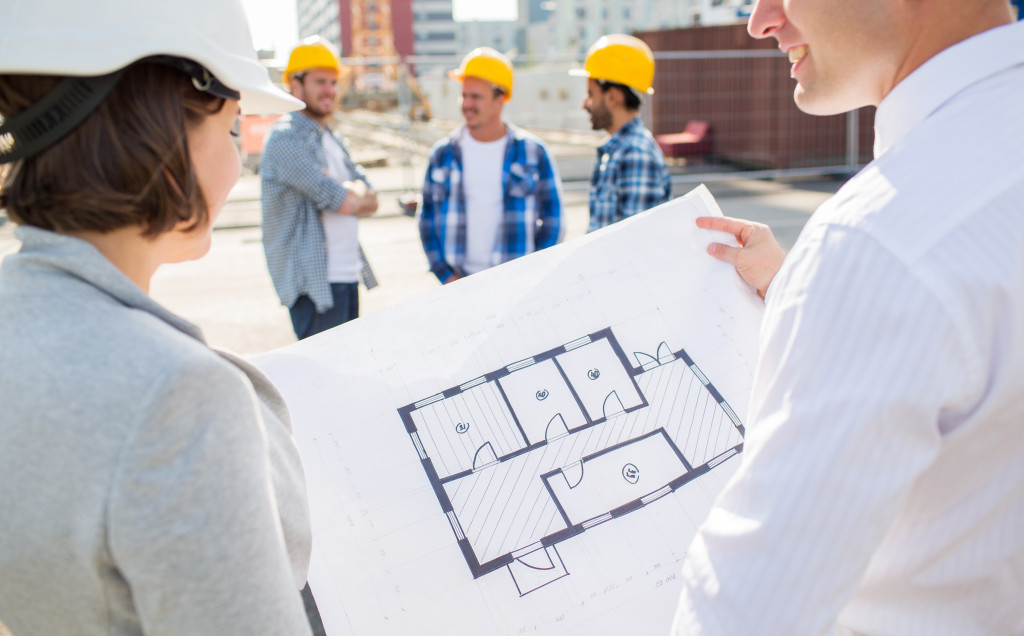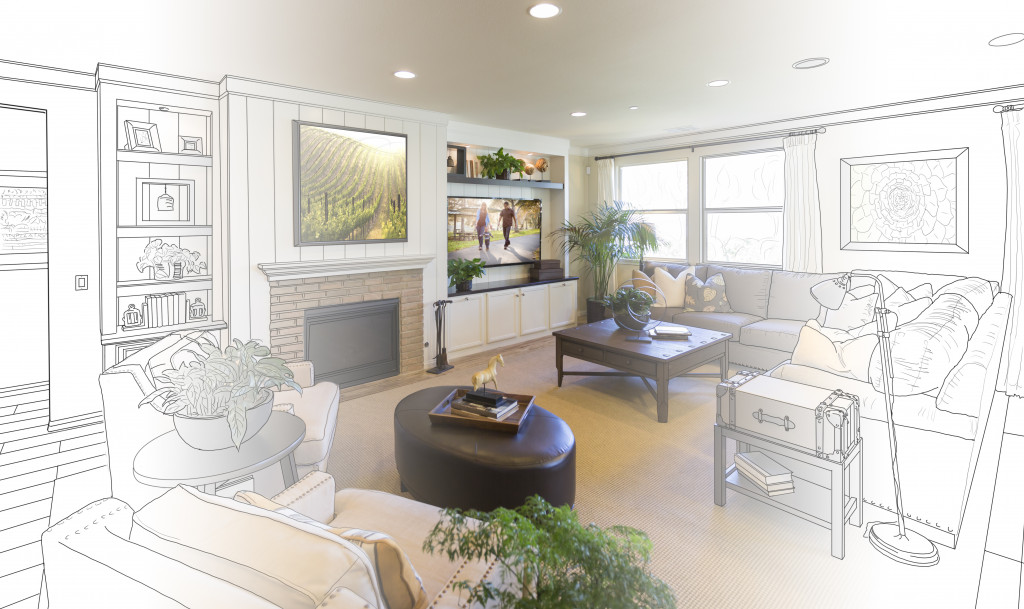- Planning, researching, and working with a reputable builder can guide successful custom home projects.
- Creativity, attention to detail, and incorporation of natural elements can make a home uniquely appealing.
- Nonlinear layouts and multi-functional spaces can enhance home design and functionality.
- Prioritizing sustainability through eco-friendly materials and energy-efficient appliances can reduce environmental impact and save costs.
Have you ever walked into a home that just seems to sing? A space that feels inviting and warm, with just the right combination of design elements to create a sense of harmony and balance? If you’re feeling a sense of envy, or frustration at your own home’s lack of curb appeal, don’t worry. There are plenty of ways to transform your home into a space that you love. This post will explore some expert advice for custom home projects, from landscaping to interior design, that can help you unlock your home’s potential.
Start with a plan.
Before you begin any custom home project, taking a step back and assessing your goals, budget, and timeline is essential. Whether you’re looking to update your kitchen, create a private outdoor oasis, or boost your home’s curb appeal, having a clear plan in place will help you make informed choices and avoid costly mistakes.
Start with some research — a tour of model homes or local design centers can be a great source of inspiration. Once you have an idea of the look and feel you want to create, make a wish list describing each feature in detail.
This will provide guidance when it comes time to choose materials, colors, textures, etc. Sometimes, you may even want to consider engaging a professional designer or architect before starting the project.
Partner with builders.
If your project involves structural changes or home additions, partnering with an experienced and reputable building company is crucial. A seasoned building company will have the expertise and resources to help you bring your vision to life in a timely manner without compromising on quality.
They can also provide valuable insight into local building codes and zoning requirements, as well as any permits that may be required. For instance, if you’re considering building a new deck or porch, your local jurisdiction may have specific size and safety features requirements.
Make sure to vet any potential contractors — you can use online reviews and referrals from friends, family, or neighbors to determine which company is right for your project.

Think outside the box.
One of the most rewarding aspects of custom home projects is the ability to get creative and think outside the box. This might mean exploring new design trends, incorporating unique materials, or considering unconventional layouts. Embrace the unknown and venture beyond your comfort zone — that’s where the true magic unfolds. Here are some inspiring ideas:
Focus on details.
While it’s tempting to focus on the big picture when it comes to custom home projects, it’s essential not to overlook the small details that can make all the difference. From choosing the right lighting fixtures to selecting the perfect shade of paint, every element of your home should be considered carefully to create a cohesive, inviting space.
Incorporating natural elements.
Incorporating natural elements into your custom home project can create an inviting, harmonious space that genuinely feels like a retreat from the outside world. Consider using raw materials such as wood, stone, or even live plants in your design.
These elements can be incorporated in a variety of ways — from wooden countertops in the kitchen to a stone fireplace in the living room or a vertical garden on your patio. Natural elements not only add texture and warmth to your space, but they also improve air quality and promote a sense of well-being.
Trying a nonlinear layout
Traditional home layouts tend to follow a predictable pattern, with rooms arranged in a linear fashion. But if you’re looking for a way to make your space uniquely your own, consider trying a nonlinear layout.
This might mean creating multi-functional spaces, designing rooms in unexpected shapes, or even experimenting with open-concept living. An open floor plan allows for greater flexibility and can make your home feel more extensive and connected. Just remember to take into account flow, functionality, and visual balance when planning your layout.

Prioritize sustainability.
As awareness of environmental issues continues to grow, more homeowners are looking for ways to prioritize sustainability in their custom home projects. Not only can these choices help reduce your carbon footprint, but they can also save you money on utility costs in the long run. Here are some examples:
Use Eco-Friendly Materials
Opting for eco-friendly materials is one of the easiest ways to make your custom home project more sustainable. These materials are either made of natural, renewable resources or manufactured using processes with minimal environmental impact.
For instance, bamboo is a fast-growing plant that serves as a durable and sustainable alternative to hardwood. Recycled materials, such as reclaimed wood or recycled glass countertops, can add a unique charm to your home while reducing the need for new resources.
Install Energy-Efficient Appliances
Energy-efficient appliances can significantly reduce your home’s energy consumption and, consequently, your utility bills. From refrigerators and dishwashers to heating and cooling systems, there are energy-efficient options available for nearly every appliance in your home. When searching for products, keep an eye out for the Energy Star label. This esteemed label signifies that the products not only meet but surpass the rigorous energy efficiency standards set by the U.S. Environmental Protection Agency and the Department of Energy.
Add a Rainwater Catchment System
A rainwater catchment system can be an excellent addition to your custom home project, mainly if you live in an area that experiences regular rainfall. These systems collect and store rainwater that falls on your roof, which can then be used for a variety of purposes, including watering plants, flushing toilets, or even supplying your laundry machine. This can help to substantially reduce your water consumption and reliance on municipal water supplies.
Whether you’re a first-time homeowner or a seasoned pro, investing in custom home projects can be a powerful way to transform your living space and unlock your home’s full potential. By starting with a clear plan, staying creative and detail-oriented, prioritizing sustainability, and staying patient throughout the journey, you can create a space that truly reflects your style, values, and personality. So why wait? Start exploring your options today and take the first steps toward creating a home that truly feels like yours.
